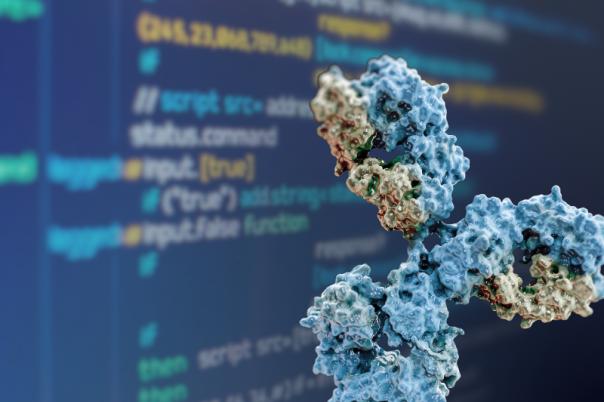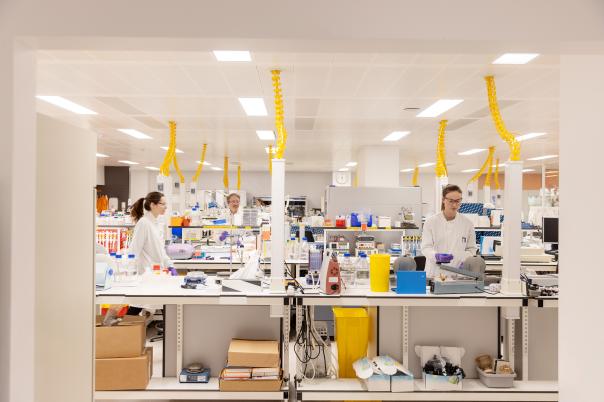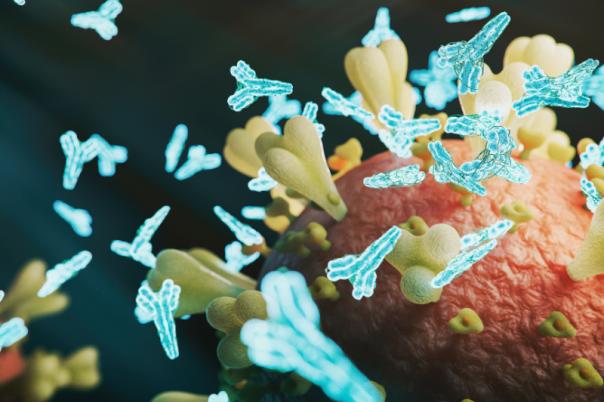Challenges
There are certain challenges which are common to any drug development project. For example, transitioning from preclinical to clinical, balancing efficacy and toxicity, dealing with heterogeneity and variability in patient response, and dose selection all need to be considered.
Furthermore, when developing immuno-oncology combination therapies there are added challenges. With multiple agents comes multiple dosing regimens, these agents can also overlap to create novel and unforeseen toxicities, and immune response can vary from patient to patient.
Project Optimus
Project Optimus is a programme launched by the FDA’s Oncology Centre of Excellence. The project’s whitepaper was anticipated for a number of years and published mid last year. The pragmatic document which outlines how modelling and simulation can be used to help with dose optimisation.
Davies noted that the strategy of selecting the maximum tolerated dose as the therapeutic dose for drug development is now under increased scrutiny. The FDA is now encouraging open conversation with drug developers where they can outline their reasoning for their dose scheduling decisions. These conversations need to incorporate a number of aspects like line of therapy, switching from cancer cell types, and managing combinations of doses.
Model Informed Drug Development, PK and PD
Model informed drug development (MIDD) uses computational modelling and simulation, integrating clinical and non-clinical data, prior information, and knowledge to generate evidence. To do so, Davies discussed the importance of understanding the pharmacokinetics (PK) and pharmacodynamics (PD) of drug behaviour.
PK refers to how the body interacts with the drug that it ingests, whatever the route of administration. Meanwhile PD describes what the drug then does in the body, its effect on the body and biology around it.
Virtual Tumour Model and Case Study
A significant part of the presentation focuses on Physiomics' Virtual Tumor model, an agent-based model that simulates tumor growth and response to therapies. This model incorporates various parameters to represent individual variability and can be adjusted based on preclinical data or literature findings.
The presentation includes a case study demonstrating how Physiomics uses its modelling approach to inform clients about optimal dosing strategies and combinations with existing therapies. By analysing preclinical data and literature, they can help clients make informed decisions about their drug development processes.





